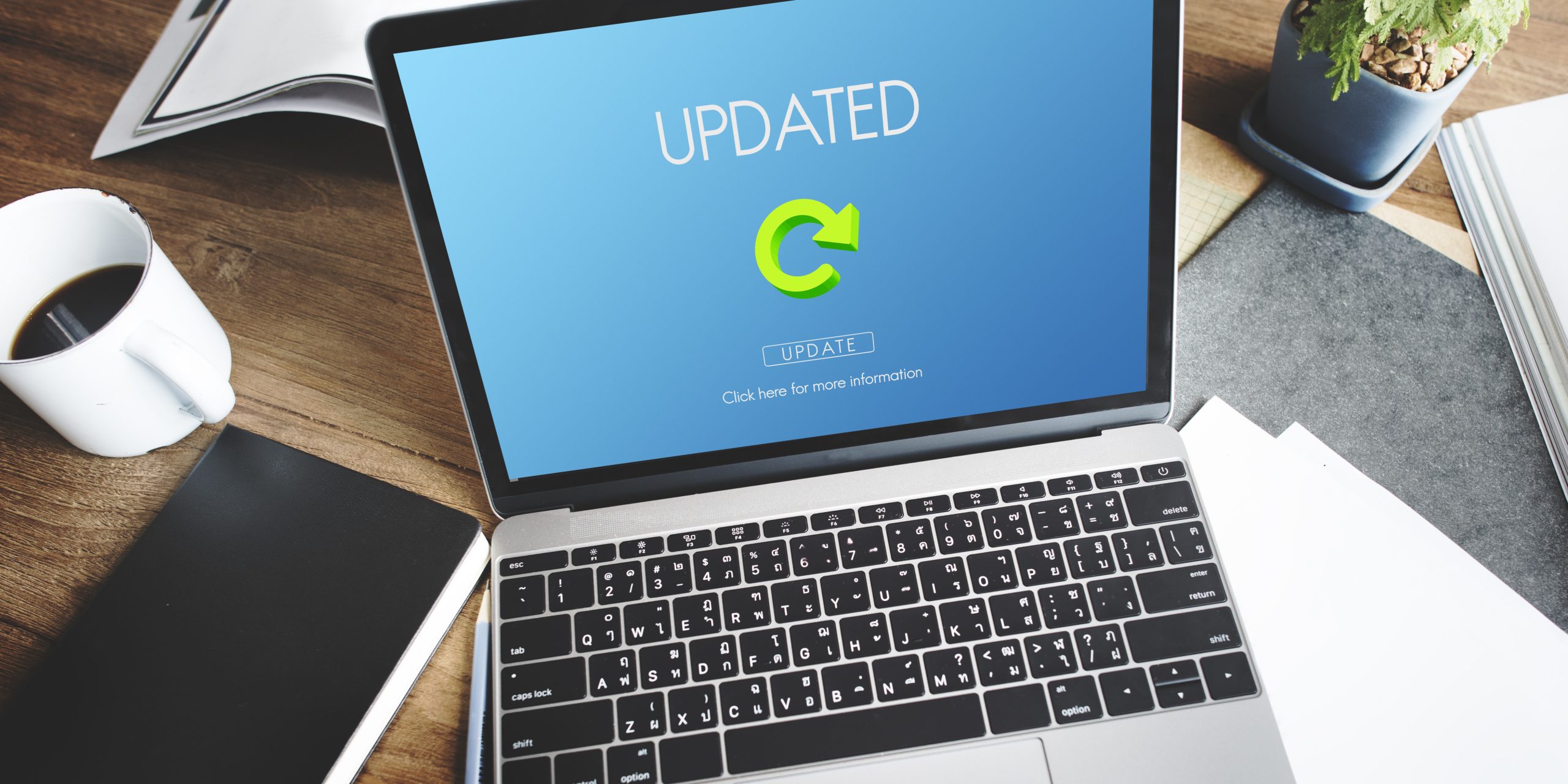In today’s climate of economic uncertainty, organisations are evaluating where to invest, and how to deliver impactful learning on a budget. While learning leaders recognise its value for workforce capability, skills growth and retention, training budgets are often among the first areas to face scrutiny or cuts. Reports indicate that some medium to large enterprises are considering halving their L&D budgets — at a time when skills gaps are estimated to cost businesses billions annually.¹ Meanwhile, a recent survey by the Australian Institute of Management (AIM) found that while demand for training has grown, many organisations report flat or shrinking learning budgets.²
So how can organisations continue to deliver impactful learning on a budget — without compromising quality or outcomes?
The Risk of Doing Nothing
Reducing learning spend may offer short-term relief — but at a long-term cost. Without continuous upskilling and support:
- Skills gaps widen, reducing productivity and adaptability
- Staff morale declines as development stalls
- High performers seek growth opportunities elsewhere
- Compliance and capability risks increase
With workforce demands evolving faster than ever, organisations that pause their learning efforts risk falling behind — operationally, strategically and culturally.
A Smarter, More Strategic Approach
Forward-thinking organisations are recalibrating their approach. Here’s how:
1. Focus on High-Impact, Business-Aligned Learning
Start by identifying the training that aligns most directly with business goals or risk mitigation. Whether it’s compliance, digital literacy, leadership or onboarding, prioritise programmes that:
- Support key business objectives
- Address critical skill shortages
- Directly influence retention or performance
Not all learning has equal impact — focus where it counts.
2. Leverage Digital Platforms More Fully
If you’re already using a learning management system like Moodle, there’s untapped potential to:
- Reuse and adapt existing content
- Deliver microlearning and self-paced courses at scale
- Automate assessment and tracking
- Blend live and asynchronous learning to reduce facilitation costs
An LMS isn’t just a content repository — it’s a cost-effective engine for scalable, data-driven learning.
3. Integrate Tools That Maximise Engagement & Accessibility
Consider features that increase reach and engagement without major production costs — such as audio-enabled content, mobile-first design, or automated feedback tools. For example, text-to-speech features can help learners access content in more flexible and inclusive ways — ideal when you can’t afford bespoke formats or human narration.
4. Measure ROI and Learning Value
Tighter budgets demand stronger evidence of impact. Use your LMS analytics to:
- Track completions, engagement and assessment results
- Identify learning that correlates with job performance or retention
- Present data that supports continued investment
Let numbers tell the story.
5. Enable Line Managers to Champion Learning
When budgets are stretched, decentralising some responsibilities can help. Equip team leads with toolkits, templated pathways and easy-to-access resources so they can support just-in-time development within their own teams.
This shared ownership model empowers managers, embeds learning into the flow of work, and reduces dependency on centralised teams.
Partnering for Efficiency and Impact
At mylearningspace, we help organisations optimise their learning environments — not just build them. Whether you’re navigating budget freezes, headcount cuts or a complete rethink of learning delivery, we work with you to deliver:
- Smarter learning strategies aligned to business goals
- Moodle implementations designed for lean, scalable delivery
- Tools and features that enhance learning impact with minimal overhead
- Support to help your team do more with less
In tough times, training isn’t a luxury — it’s a lifeline. With the right tools and strategy, your organisation can continue to build capability, retain talent and stay competitive — without overspending.
Let’s talk about how to future-proof your learning strategy in 2025 and beyond.
¹ The Australian (2025), Skills Gaps Could Cost Businesses Billions
² AIM, Learning and Development Survey 2025







